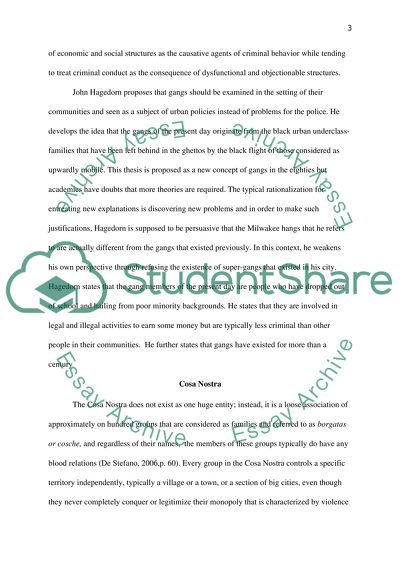Cite this document
(“Gang, Mafia, Cosa Nostra Essay Example | Topics and Well Written Essays - 2500 words”, n.d.)
Gang, Mafia, Cosa Nostra Essay Example | Topics and Well Written Essays - 2500 words. Retrieved from https://studentshare.org/sociology/1695422-gang-mafia-cosa-nostra
Gang, Mafia, Cosa Nostra Essay Example | Topics and Well Written Essays - 2500 words. Retrieved from https://studentshare.org/sociology/1695422-gang-mafia-cosa-nostra
(Gang, Mafia, Cosa Nostra Essay Example | Topics and Well Written Essays - 2500 Words)
Gang, Mafia, Cosa Nostra Essay Example | Topics and Well Written Essays - 2500 Words. https://studentshare.org/sociology/1695422-gang-mafia-cosa-nostra.
Gang, Mafia, Cosa Nostra Essay Example | Topics and Well Written Essays - 2500 Words. https://studentshare.org/sociology/1695422-gang-mafia-cosa-nostra.
“Gang, Mafia, Cosa Nostra Essay Example | Topics and Well Written Essays - 2500 Words”, n.d. https://studentshare.org/sociology/1695422-gang-mafia-cosa-nostra.


